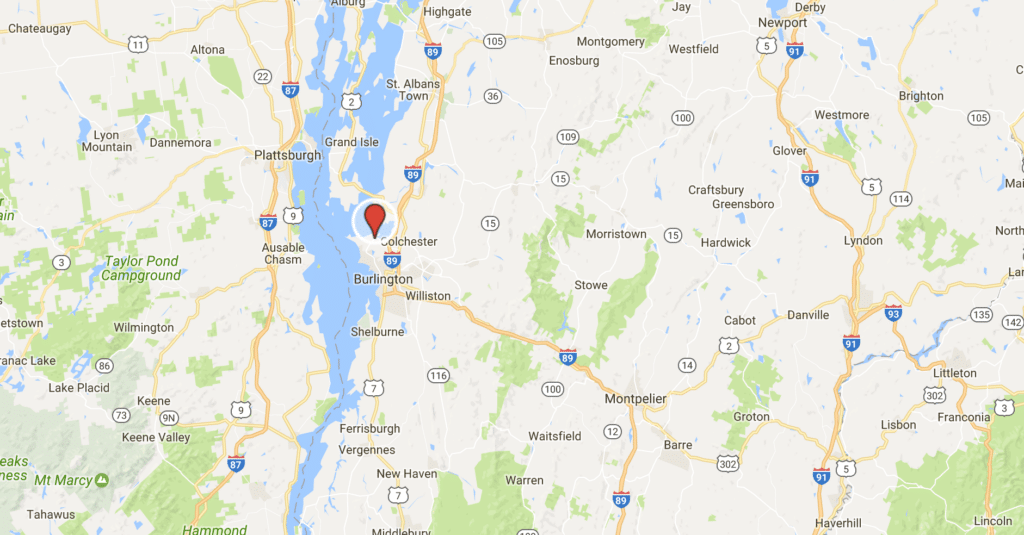By Shelley Navari
Given the array of wood pellet heating options and individual consumer preferences, there’s truly no definitive “best type of wood pellet,” or “best overall wood pellet brand.” However, there is a “best wood pellet for you.” How do you choose? Consider these questions:
Which pellets are better – hardwood or softwood?
Traditional hardwood firewood is favored for its longer burn time and higher heat energy in wood-burning stoves. However, with wood pellets this is not necessarily the case. Both hardwood and softwood pellets have similar density due to compression. Depending on the species of wood and other factors, softwood pellets can have 10-20% more BTU per weight than hardwood pellets due to the resin content in softwoods offering higher heating value.
What’s the difference between regular and premium grade?
Even though some wood pellet producers manufacture a “regular” grade and a “premium” grade, there is no set standard for these labels. It’s important to understand the differences. For example, pellets can be made from:
- A single species of wood
- Mixed species of wood
- Either with pure hardwood or all softwood
- Lumber scrap
- Fillers like paper, cardboard, and bark
- Sustainably harvested forests
Do you want to buy locally produced eco-friendly wood pellets?
Consider whether you prefer locally produced, eco-friendly wood pellets. Some brands are only available locally; while others are widely distributed in Big Box stores or exclusively online. Buying local supports our economy by keeping local loggers and mill workers employed. It also reduces environmental impact of transportation, which is significant for wood pellets.
At the Energy Co-op of Vermont, we have been providing premium quality wood pellets to our customers since 2008. We proudly feature pellets from Vermont Wood Pellet Company which burn hotter and produce less ash than other pellets. These pellets are always ranked near the top in quality in many national surveys and are made in Vermont from whole debarked premium softwood logs. Here is why we recommend them:
- Heat output – This is measured in BTUs, so look for pellets that have higher BTU ratings. The best pellets are in the 8,000-8,500 range.
- Low Moisture Content – pellets with low moisture content ignite faster.. The best pellets have a moisture content of 6.5% and below.
- Low Ash Content – This describes how much ash is left over in proportion to how much wood was burned. Minimal ash production ensures efficient stove operations; choose pellets with labels that contain “low ash content” of 0.6% or less.
- No additives or bark – Pellets without bark, cardboard, glue, or recycled materials burn hotter and produce less ash.
Interested in trying Vermont Wood Pellets? Contact the Energy Co-op at 802-860-4090 to learn more about our wood pellet delivery program or visit our headquarters in Colchester to receive a free sample bag.








